The Ruins of Stobi
A sprawling set of ruins just off the highway near the town of Gradsko, Stobi is the largest archaeological site in Macedonia. Thanks to its strategic location at the confluence of the rivers Crna and Vardar, Stobi was an important city for both the Paeonian Kingdom and the Romans, until being abandoned after a major earthquake in 518 AD.
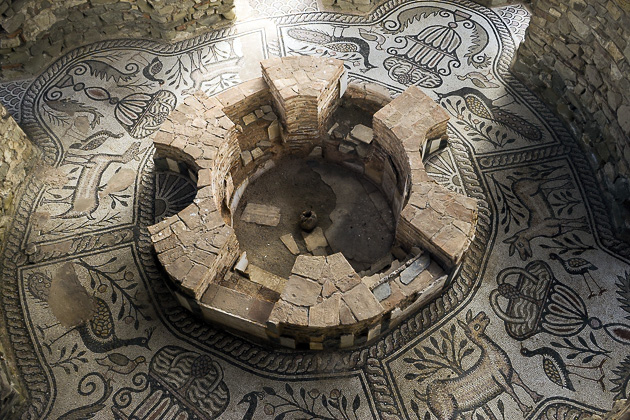
Stobi is literally meters away Macedonia’s main highway; you pull off the exit directly into the parking lot. Given the ease of access and the site’s relative fame, I had expected some sort of crowd, but we were the only ones here for the duration of our visit. Incredible, but we couldn’t have been happier to have this immense site all to ourselves.
There is a lot to see at Stobi, so we wasted no time, heading straight to the nearest and largest ruin in sight: the theater, built in the 1st century AD, and used as a stage for both actors and gladiators. Just past the theater is the 4th-century Episcopal Basilica, thought to be the first church in Macedonia. Within the church is a baptistery which has beautifully preserved mosaics, including the peacock which graces bottles of Stobi Wine, as well as some early Christian frescoes.
After examining the Basilica, we took a look at the time: within 30 minutes, we had managed to see two of Stobi’s twenty-five ruins. But it was hard to pick up the pace, when every step brought us past something so fascinating. We followed ancient roads like the Via Sacra, Via Principalis Superior and Via Axis, and walked past excavated houses, shops, fountains and baths. And then we came upon the Theodisian Palace, with its large courtyard, broken columns, and mosaic floors… as though we’d be capable of speeding past that!
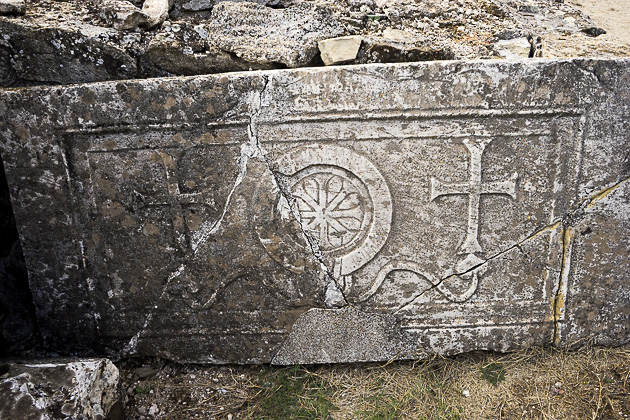
Further on, there’s the Synanogue Basilica, confirming the presence of a Jewish population within the ancient city. The synagogue is connected to the House of Psalms, which boasts more mosaics, including one of a deer drinking from a water jug: a scene which is assumed to be a representation of Psalm 42. We saw an upscale house named the Casino, where dice and playing tables were found, the Roman House, with frescoes from the 1st century AD, and the enigmatically-named Building with Arches, which is… a building with arches.
And these were only some of the highlights at Stobi. We could easily have spent hours here, and fans of archaeology should plan on an entire day. There is plenty of information posted throughout the grounds, and their website is excellent. As though that weren’t enough, there’s usually an English-speaking guide waiting at the entrance, to walk with you through the site and provide a better appreciation for details you might otherwise skip by.
Stobi was our final archaeological site in Macedonia and, in my estimation, we had saved the best for last (Jürgen was partial to Heraclea Lyncestis). Considering its convenient location along the highway, there is no excuse to pass Stobi by.
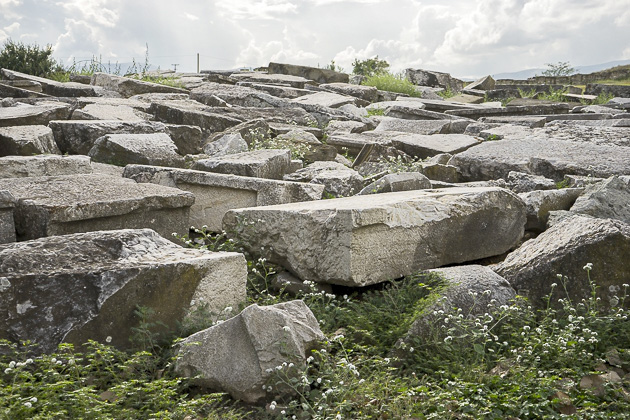


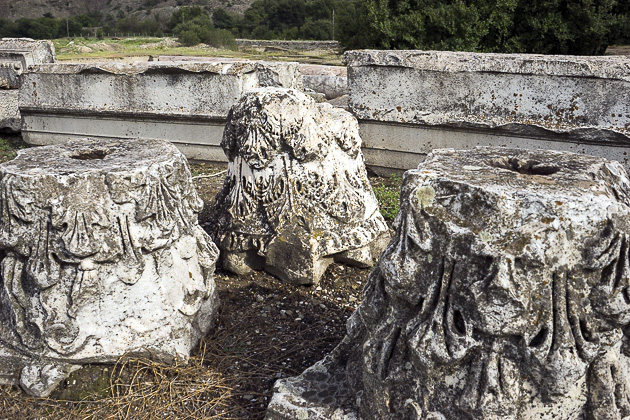
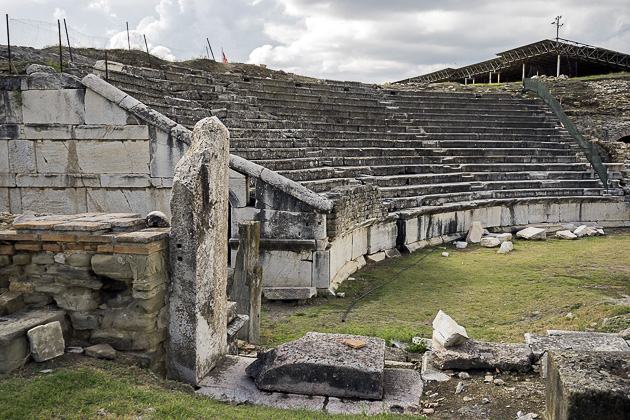
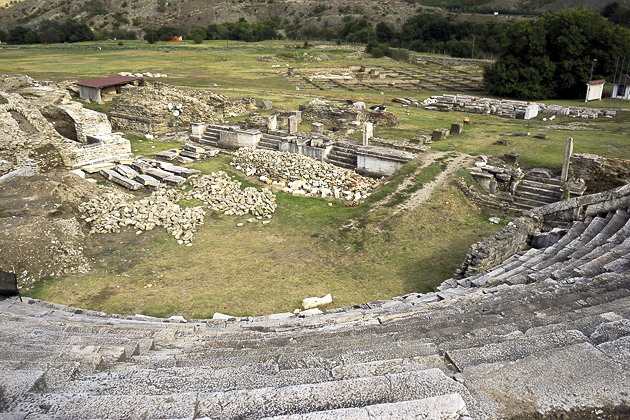
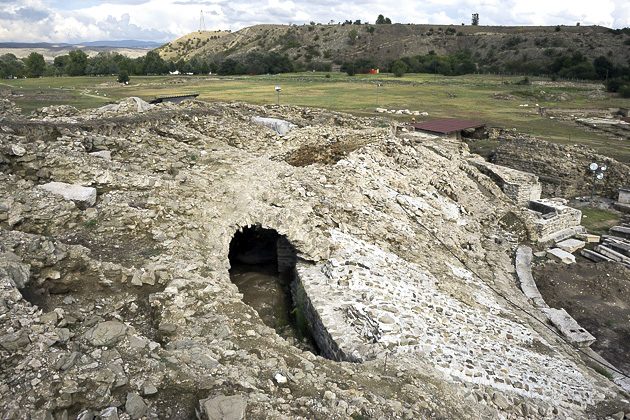
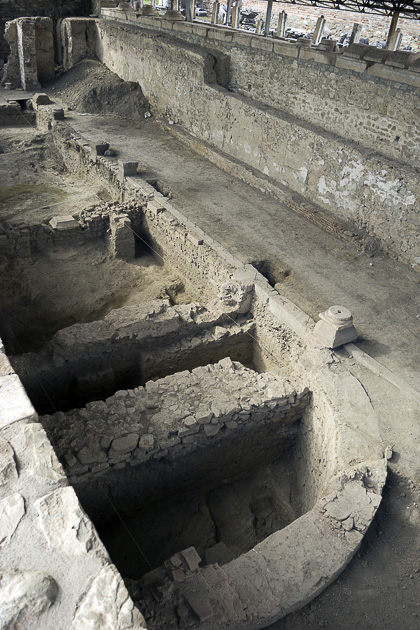

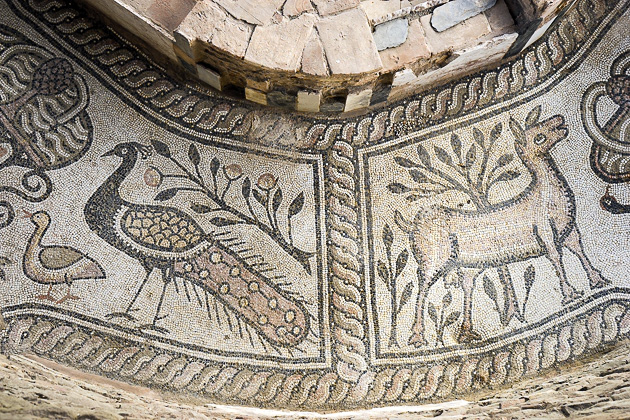
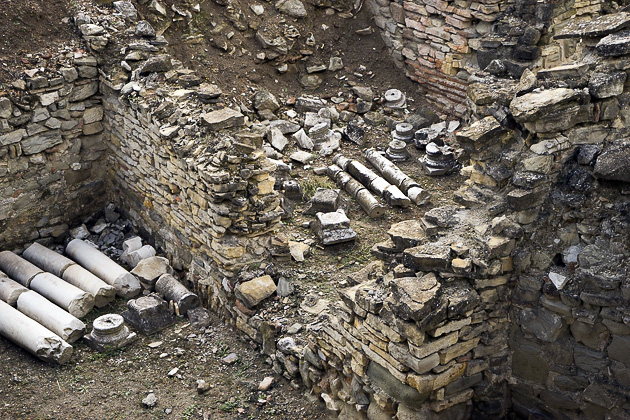




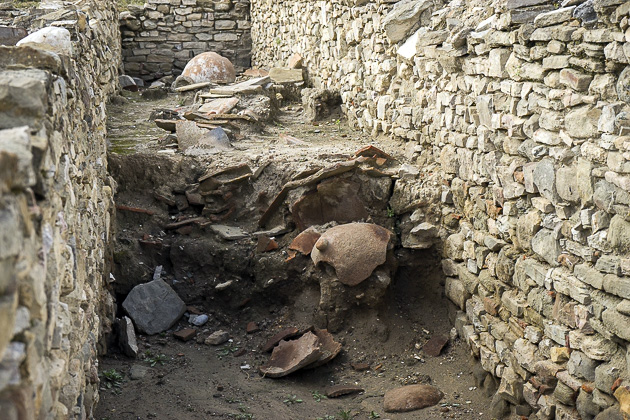



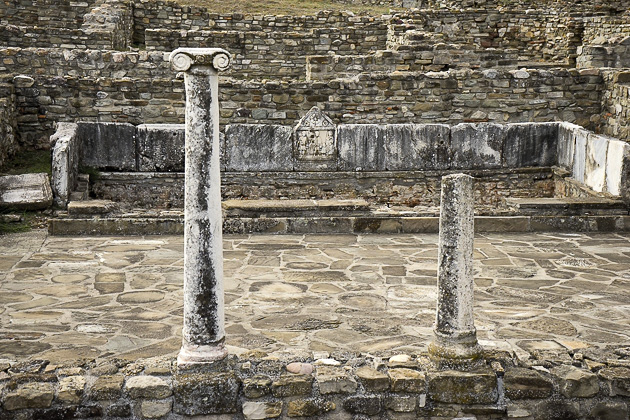
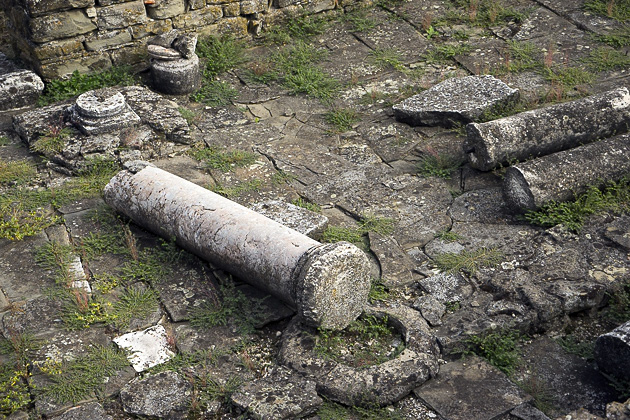
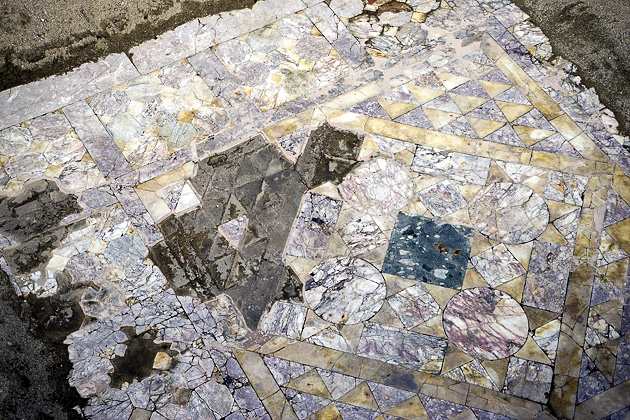
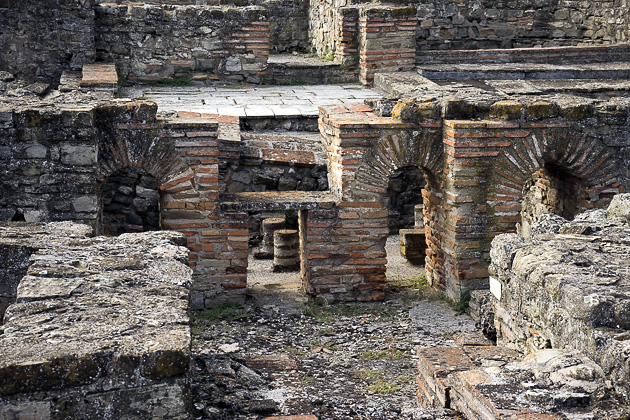
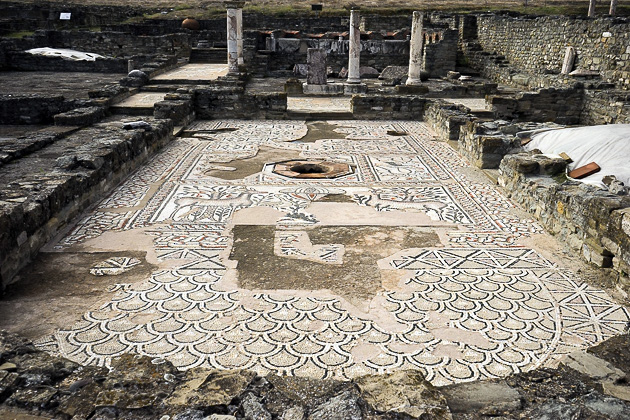

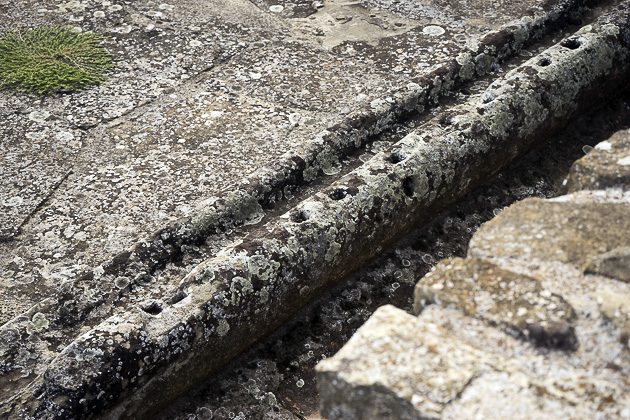
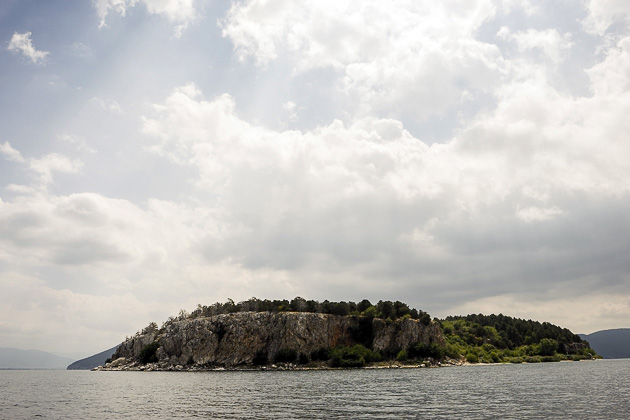
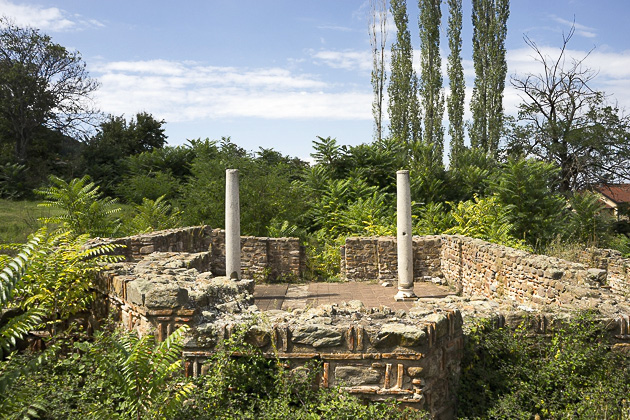
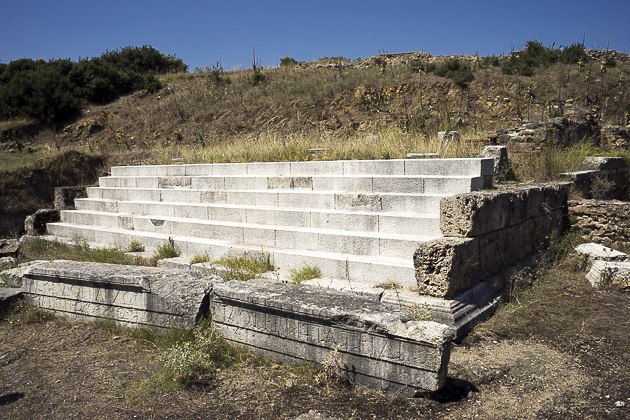

Pingback: The Wines of Stobi | For 91 Days in Macedonia – Travel Blog
One more thanks for your blog! You are so smart guys that wrote about so many interesting places in Macedonia! Your blog is the best if planning trip to Macedonia, it is exaclty i was searching for.